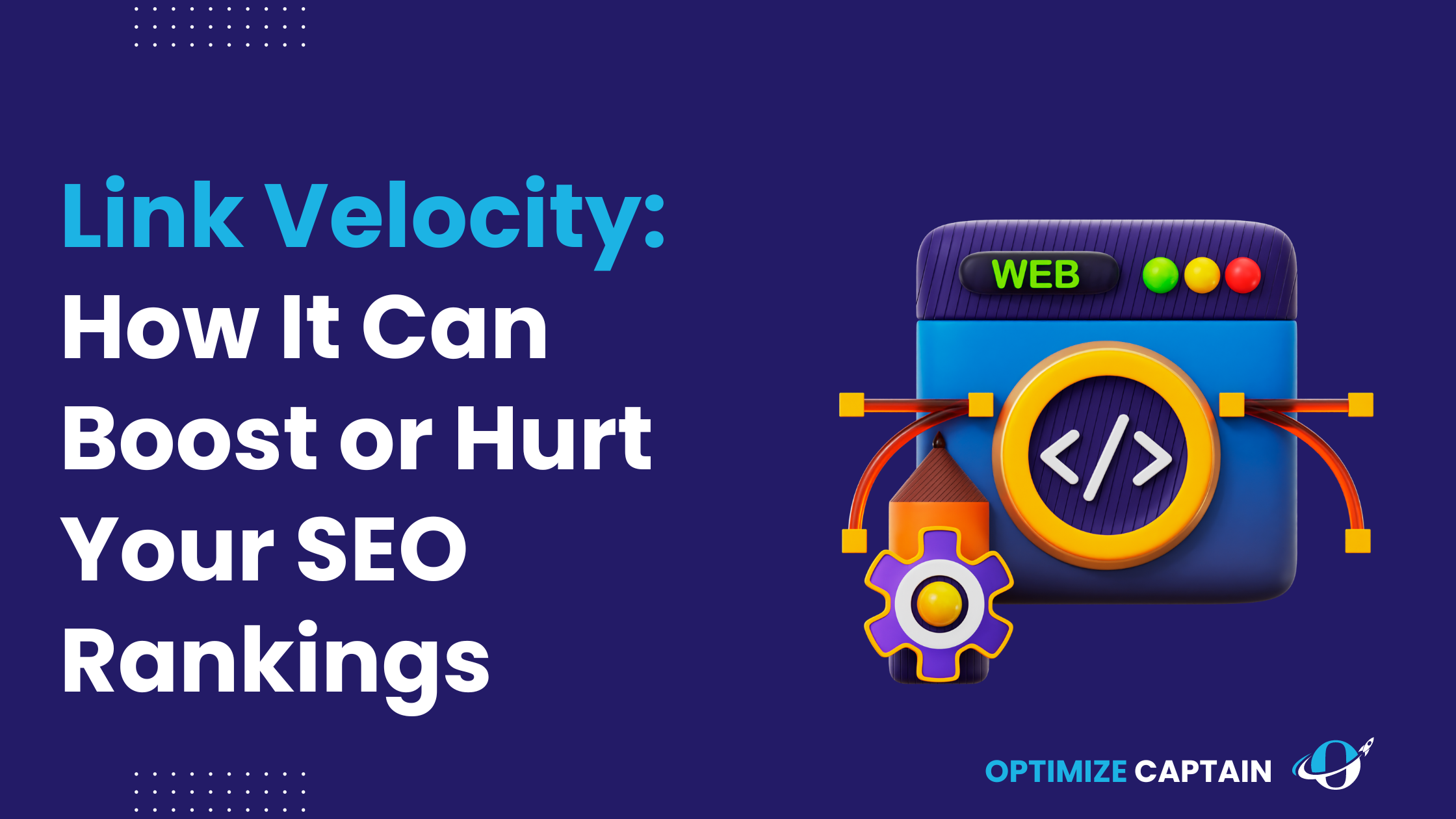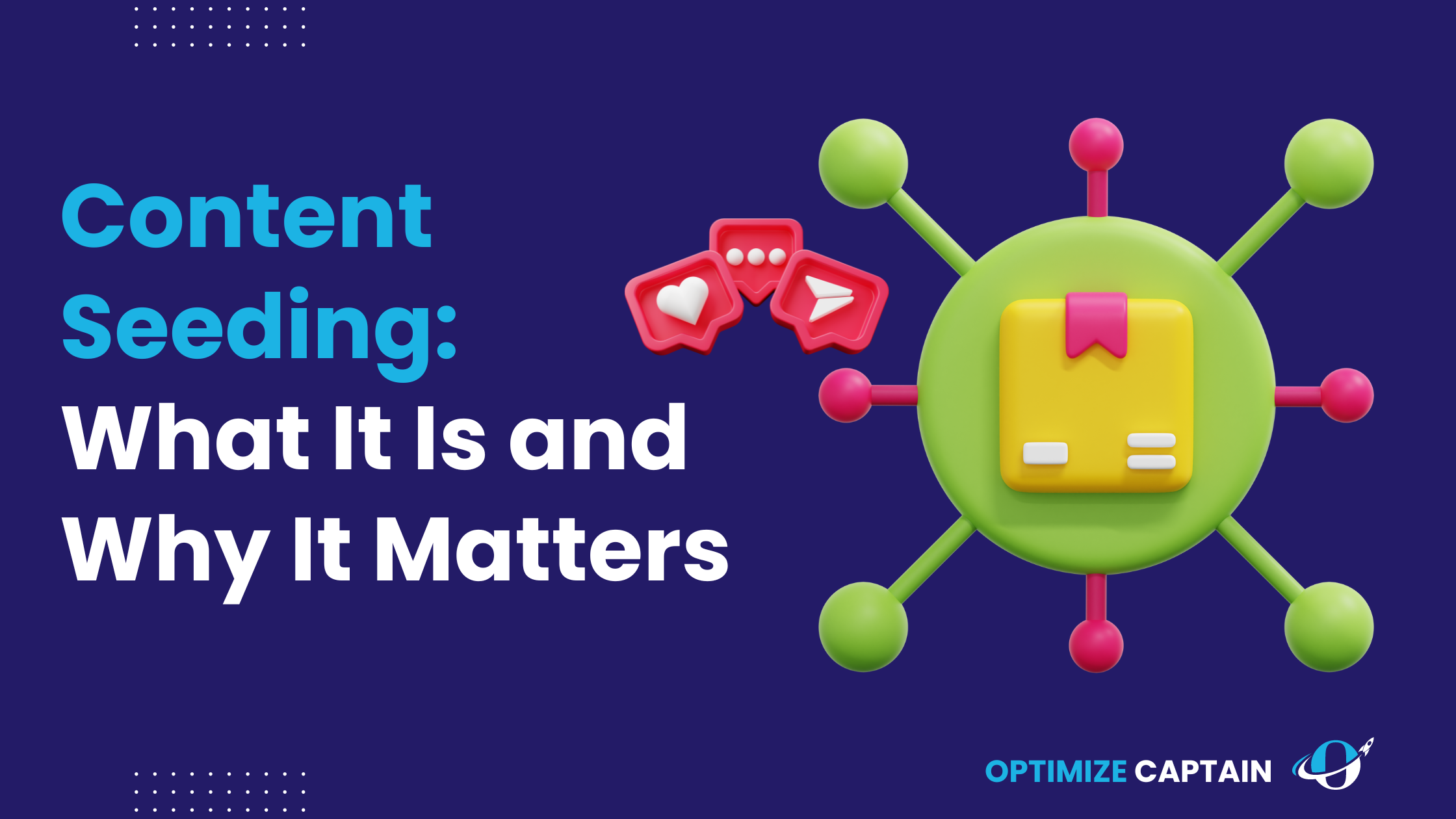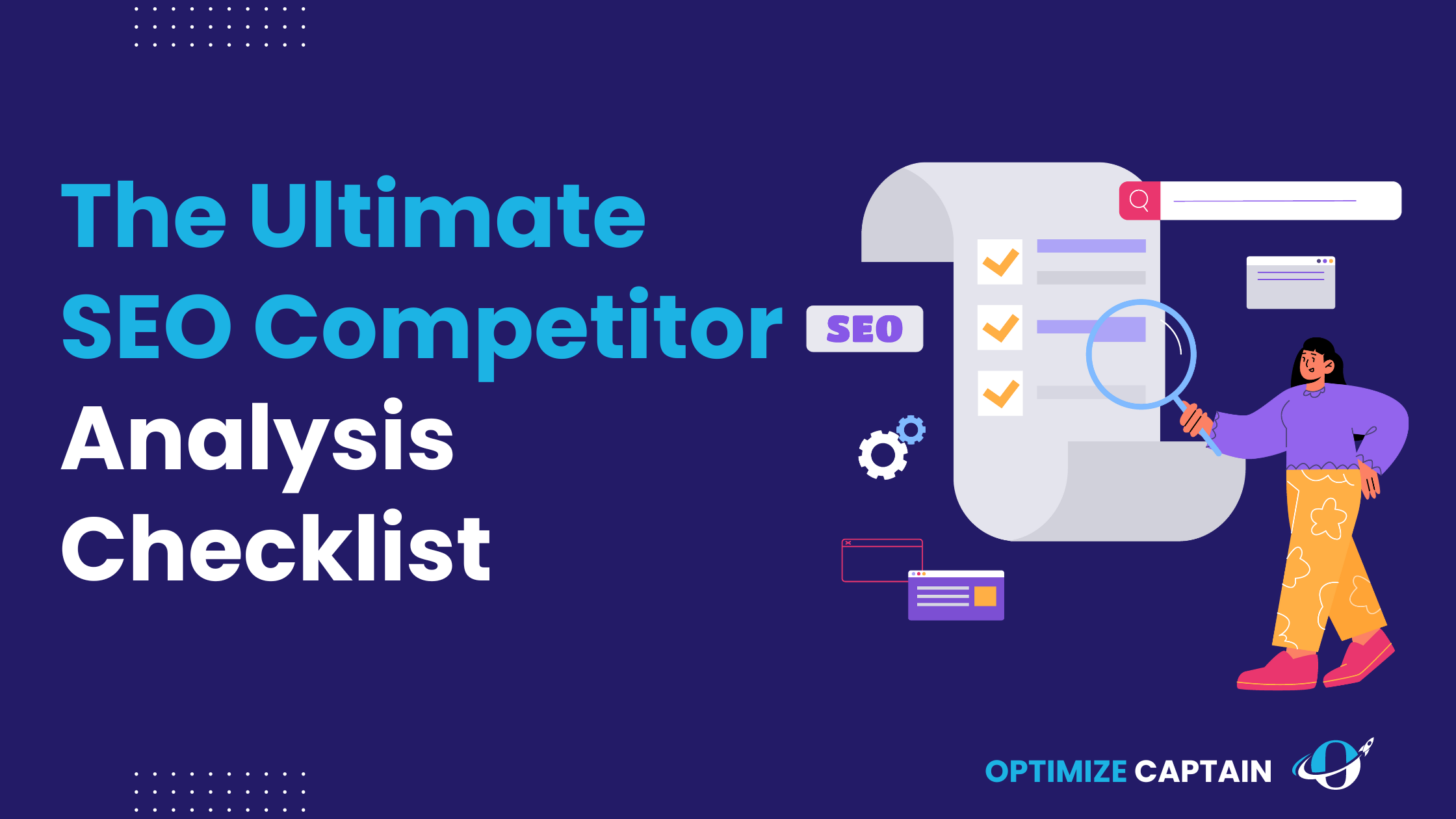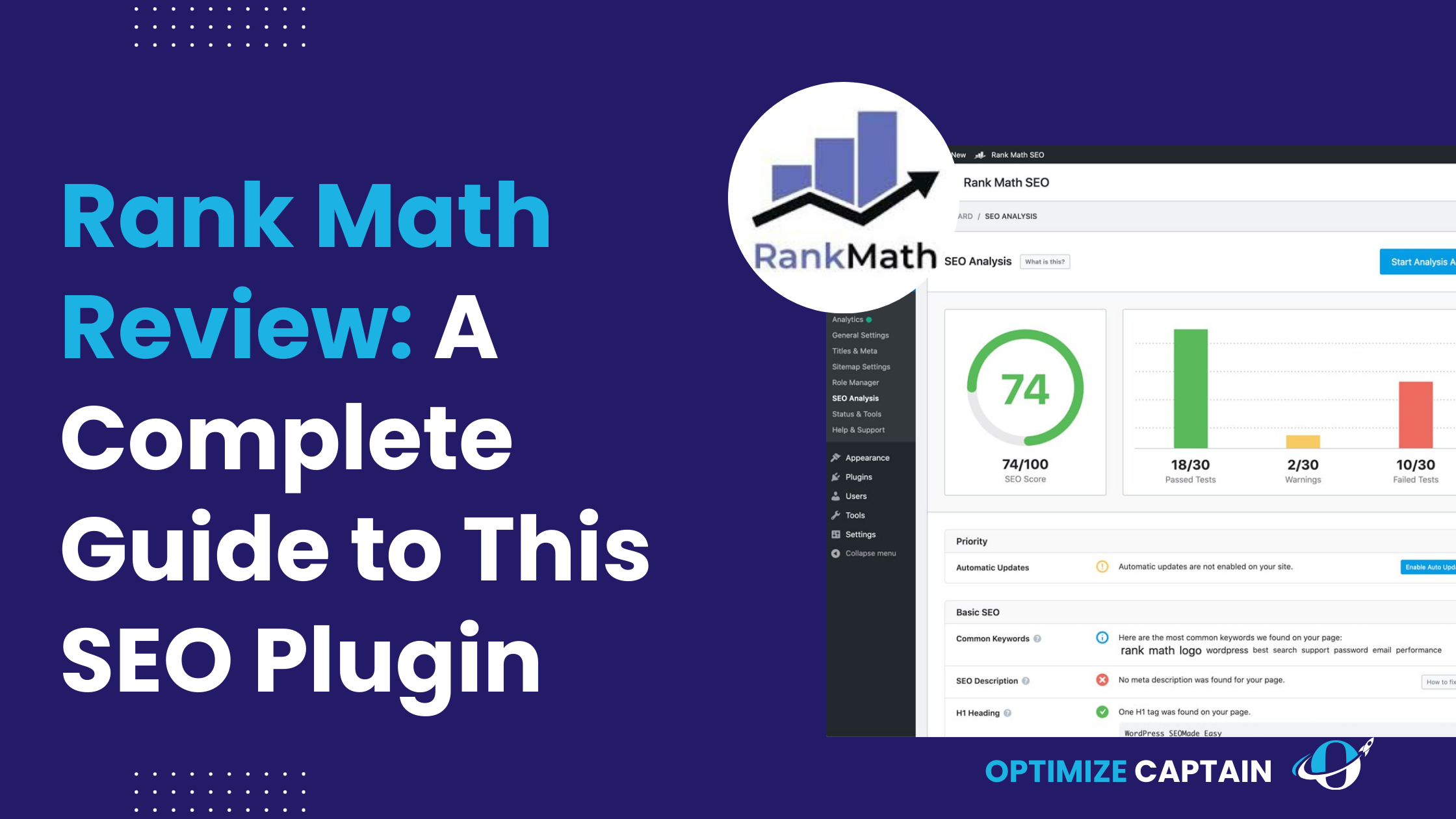Did you know that 79% of people say user-generated content (UGC) influences their buying decisions? UGC is everywhere in the B2C world—think Instagram, YouTube, and all those online product reviews. But while UGC is a natural fit for consumer brands, it can be just as powerful for SaaS companies, even though they might not have the same flashy visuals.
For SaaS businesses, UGC can be a game-changer. It helps build trust with potential customers, engages your existing audience, and encourages long-term loyalty. Knowing how to integrate UGC effectively into your SaaS content marketing strategy is key. When done right, UGC can turn your users into advocates, driving growth and retention without relying solely on traditional marketing tactics.
This SaaS user-generated content guide will explore leveraging UGC to enhance your SaaS content marketing strategy. We’ll cover everything from building trust and engaging customers to boosting conversions and driving product development. Let’s dive into how UGC can work for your SaaS business and set you apart.
Understanding User-Generated Content (UGC)?
Let’s start with the basics: what is user-generated content (UGC)? Simply put, UGC is any content—reviews, testimonials, social media posts, videos—created by your users rather than your marketing team. It’s the stuff your customers share online when they love (or sometimes hate) your product.
Why does this matter? Because people trust people. When your potential customers see real users talking about how great your product is, it’s way more convincing than anything you could say yourself. UGC taps into that word-of-mouth magic, giving your brand a level of authenticity that polished marketing messages can’t match.
Importance of SaaS User-Generated Content
So, why should SaaS companies care about UGC? Here’s the deal: in the world of SaaS, trust is everything. Your product is often at the core of your customer’s business operations, so they must be confident they’re making the right choice. UGC, with its power to build trust, plays a crucial role in this. When potential customers see real people using and benefiting from your product, it reassures them that your software delivers real value.
But it doesn’t stop there. UGC isn’t just about building trust; it also drives engagement and conversions. When users share their experiences, they’re not just talking to you—they’re talking to each other, creating a community around your product. This organic buzz can lead to higher conversion rates and even inform your product development process by giving you insights into what your users want.
The Role of UGC in SaaS Marketing
UGC as a Trust Signal
Let’s talk about trust. In the SaaS world, customers aren’t just buying a product but investing in a relationship with your brand. They need to know that your software is reliable, user-friendly, and worth the cost. This is where UGC shines. It acts as a trust signal, giving potential customers the social proof they need to feel confident in their decision. When you showcase, whether it’s a glowing review, a detailed testimonial, or a case study highlighting a customer’s success story, you’re not just telling prospects that your product works; you’re showing them proof. And that’s powerful.
When you showcase UGC—whether it’s a glowing review, detailed testimonial, or case study highlighting a customer’s success story—you’re not just telling prospects that your product works but showing them proof. And that’s powerful.
Example: Let’s say you’re looking for project management software. You come across Asana and see a case study featuring a well-known company like Airbnb. The case study shows how Airbnb uses Asana to streamline their operations. Seeing a big name like Airbnb vouch for Asana immediately boosts your confidence in the product. That’s the power of UGC as a trust signal.
UGC and Customer Retention
But UGC isn’t just for attracting new customers; it’s also a powerful tool for keeping the ones you’ve got. In the SaaS world, customer retention is just as important as acquisition. Why? Because SaaS products usually operate on a subscription model, meaning your revenue depends on customers sticking around. The longer they stay, the higher their lifetime value (LTV). UGC plays a significant role in this, keeping customers engaged and loyal.
UGC can help you keep customers engaged and loyal. When users see that others are actively sharing their experiences, it reinforces their decision to stick with your product. It creates a sense of community—a feeling that they’re part of something bigger than just a software subscription.
Example: Trello, a popular project management tool, has nailed this. They encourage users to share their unique boards and workflows on social media and blogs. By featuring these user stories, Trello showcases its product’s versatility and fosters a sense of belonging among its users. This community-driven approach keeps users engaged and loyal, boosting their LTV.
Related Read: SaaS Customer Retention Strategies
UGC for Product Development
Here’s something you might not have considered: UGC isn’t just for marketing—it can also be a goldmine for product development. Your users are constantly interacting with your software, discovering what works, what doesn’t, and what could be improved. When they share their feedback, whether it’s through reviews, social media, or community forums, they’re giving you valuable insights into how to make your product better. This can lead to innovation and improvement that can set your product apart in the market.
Case Study: Let’s look at how Dropbox has used UGC for product development. Early on, Dropbox noticed that users were sharing feedback about their storage needs. Many wanted more space for their files. Dropbox didn’t just listen—they acted. They introduced a referral program offering extra storage as a reward, turning user feedback into a product feature that drove user acquisition. That’s a win-win.
Types of UGC for SaaS Companies
1. Customer Reviews and Testimonials
Customer reviews and testimonials are the bread and butter of UGC for SaaS companies. They provide an unfiltered look at your software’s performance in the real world. Potential customers want to know what others think before they commit, and reviews are one of the most trusted sources of information.
To maximize your reviews, you need to actively collect and promote them. Encourage your users to leave reviews on platforms like G2 and Capterra or directly on your website. Once you’ve got those glowing reviews, don’t hide them; feature them prominently on your landing pages, email campaigns, and social media channels.
2. Social Media Content
Social media isn’t just for B2C brands—it’s also a powerful tool for SaaS companies. User-generated social media content can amplify your brand’s reach and create a buzz that’s hard to replicate with traditional marketing. When your users share their experiences on LinkedIn, Twitter, or Instagram, they’re not just talking to their followers—they’re also talking to your potential customers.
To encourage social sharing, create a branded hashtag for your users to tag their posts. Run social media campaigns or contests that incentivize users to share their stories. The key is to make it easy and rewarding for them to spread the word about your product.
3. Community Forums and User Groups
Community forums and user groups are another excellent source of UGC for SaaS companies. These platforms allow users to connect, share tips, and solve problems. When your customers engage in these discussions, they help each other and generate valuable content that can be leveraged for marketing.
SaaS companies can facilitate these forums by creating dedicated spaces for users to interact on their websites, through Slack groups, or even on social media. By nurturing these communities, you make a supportive ecosystem that benefits your users and brand.
4. Case Studies and Success Stories
Case studies and success stories are powerful tools for showcasing the value of your SaaS product. These detailed customer stories deeply dive into how your software has helped real businesses overcome challenges and achieve their goals. They’re more than just testimonials—proof that your product delivers results.
Creating a compelling case study involves more than just asking a customer for a quote. You’ll want to walk your readers through the entire journey, from the challenges the customer faced before using your product to the measurable results they achieved after implementation. This step-by-step approach makes the story relatable and convincing.
5. Visual UGC (Photos, Videos, Infographics)
Visual content is often underutilized in the SaaS space, but it’s incredibly effective. Photos, videos, and infographics created by users can showcase how your product is used in real-world scenarios. This type of content is engaging and adds a human touch to your brand.
Best Practices: Encourage users to share screenshots, how-to videos, or even short tutorials of them using your software. Feature this content on your website, in your emails, and across your social channels. Making visual UGC a central part of your content strategy is the key.
How to Encourage UGC for SaaS
1. Creating a UGC-Friendly Environment
If you want more UGC, you must make it easy and appealing for your users to create and share content. Start by creating a seamless process for leaving reviews or sharing testimonials. This could be as simple as a post-purchase email asking for feedback or an in-app prompt encouraging users to share their success stories.
But it’s not just about making it easy—it’s about rewarding. Offer incentives like discounts, exclusive features, or even public recognition. Users are more likely to contribute When they feel like they’re getting something in return.
Examples of Incentives: Dropbox’s referral program is a classic example. Dropbox incentivized users to share their love for the product by offering extra storage space as a referral reward while driving growth.
2. Engaging with Your Community
Engagement is key to fostering UGC. When users see that their contributions are acknowledged and appreciated, they’re more likely to keep sharing. This could mean responding to a review, featuring user content in your newsletters, or even hosting user-generated content contests.
Strategies: Regularly spotlight user contributions on your social channels or website. This shows that you value your users and motivate others to contribute, knowing they might get recognized.
3. Leveraging User Feedback
Your users’ feedback is one of the most valuable forms of UGC. By actively seeking out and incorporating this feedback, you’re improving your product and creating content that resonates with your audience. Highlight how user feedback has shaped your product—this shows that you’re listening and that your customers are an integral part of your brand’s evolution.
Integrating UGC into SaaS Marketing Strategy
1. UGC on Landing Pages
Your landing pages are often the first point of contact for potential customers, so why not make them as persuasive as possible? By featuring UGC-like testimonials or customer success stories on your landing pages, you provide immediate social proof that can sway visitors to take the next step.
Example: Buffer does this brilliantly by sprinkling user testimonials throughout its website, especially on its pricing page. This reassures potential customers that Buffer is the right choice, no matter which plan they’re considering.
2. UGC in Email Marketing
Emails are a powerful tool for keeping your audience engaged and incorporating UGC can make them even more effective. Whether featuring a customer’s success story in a newsletter or sharing user-generated tips, UGC makes your emails more relatable and impactful.
3. UGC in Paid Ads
UGC isn’t just for organic content—it can also be a decisive element in paid advertising. Featuring real customer stories or testimonials in your ads adds a layer of authenticity that’s hard to beat. When prospects see that others benefit from your product, they’re likelier to click through and learn more.
Tip: A/B test different types of UGC in your ads to see what resonates most with your audience. It could be a testimonial video, a quote, or a user’s success story. The key is to keep the content genuine and relatable.
4. UGC in Content Marketing
UGC can also be woven into your broader content marketing strategy. Incorporate user stories into blog posts, case studies, and whitepapers. This makes your content more engaging and adds real-world credibility to your marketing efforts.
Measuring the Impact of UGC on SaaS Growth
1. Key Metrics to Track
To understand the impact of UGC, you need to monitor the right metrics. Engagement rates, conversion rates, and customer satisfaction scores are all key indicators of how well your UGC efforts are performing. For example, you might track how many users engage with UGC content on your site, how it impacts your conversion rates, or how it influences customer retention.
2. Tools and Techniques for Analysis
Several tools are available to help you measure the impact of UGC. Google Analytics, for instance, can track user interactions with UGC on your website. Social listening tools like Brandwatch or Hootsuite can monitor how UGC performs on social media. Analyzing this data will help refine your UGC strategy and maximize its effectiveness.
Challenges and Solutions in Managing UGC
1. Ensuring Quality and Authenticity
One of the main challenges with UGC is maintaining quality and authenticity. Not all user-generated content will be up to your brand’s standards, so it’s important to have a system for curating and moderating content. You might create guidelines for users to follow when submitting content or use tools to filter out inappropriate or low-quality submissions.
2. Managing Negative UGC
Negative feedback is inevitable, but it doesn’t have to be detrimental. How you handle negative UGC can strengthen your brand. Address complaints or negative reviews promptly and professionally. Use them as an opportunity to show your commitment to customer satisfaction. Sometimes, you can turn a negative experience into a positive one by resolving the issue and asking the customer to share their updated expertise.
3. Legal Considerations
When dealing with UGC, being aware of legal implications is crucial. Always ensure you have the rights and permissions to use the content. This might involve asking users to agree to terms and conditions when submitting content or obtaining explicit consent to feature their stories or images in your marketing materials.
Future Trends in UGC for SaaS
1. The Growing Importance of Video Content
As video continues dominating digital marketing, more SaaS companies are expected to incorporate video UGC into their strategies. Video testimonials, customer walkthroughs, and user-generated tutorials can provide a more dynamic and engaging way to showcase your product.
Related Read: SaaS Video Marketing Tips
2. AI and UGC
Artificial intelligence is starting to play a role in analyzing and optimizing UGC. AI tools can help you identify patterns in user feedback, predict customer behaviour, and even personalize UGC for different audience segments. This level of insight can help you fine-tune your UGC strategy for maximum impact.
3. Personalization Through UGC
Personalization is becoming increasingly important in marketing, and UGC can play a key role here. You can create a more personalized experience by leveraging user-generated content relevant to specific customer segments. For example, showcasing testimonials from similar businesses or industries can make your product more relatable to a potential customer.
Conclusion
User-generated content is more than just a buzzword—it’s a powerful tool that can help you build trust, engage customers, and drive growth. By strategically integrating UGC into your marketing efforts, you can create a more authentic and relatable brand that resonates with your audience.
FAQ’s
1. What is User-Generated Content (UGC)?
UGC is any content—reviews, testimonials, social media posts—created by your users rather than your brand. It’s a powerful tool for building trust and engaging your audience.
2. Why is UGC important for SaaS companies?
UGC builds trust, increases engagement, and can even inform product development. It’s precious in SaaS, where trust and community are key to long-term success.
3. How can I encourage my users to create UGC?
Make it easy and rewarding for users to share their experiences. Offer incentives like discounts, recognition, or exclusive features.
4. What are some examples of successful UGC in SaaS?
Trello’s user stories and Dropbox’s referral program are great examples of how UGC can drive engagement and growth.
5. How do I measure the impact of UGC on my SaaS business?
Track metrics like engagement rates, conversion rates, and customer satisfaction. Use tools like Google Analytics to monitor performance and refine your strategy.





